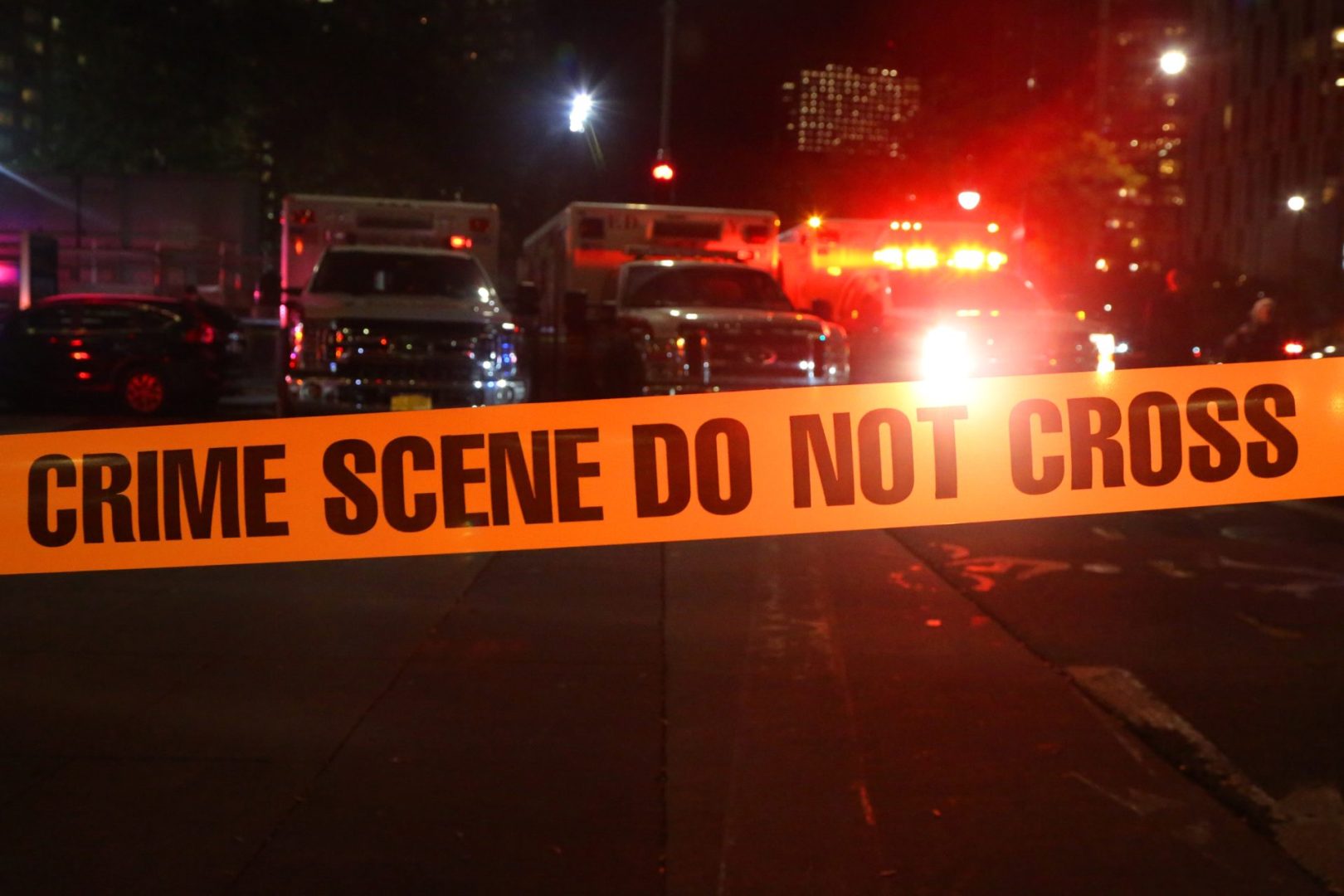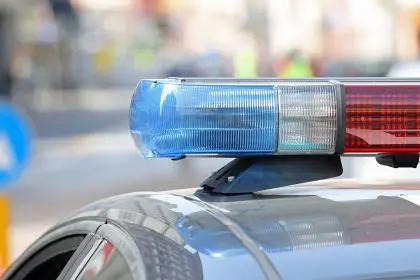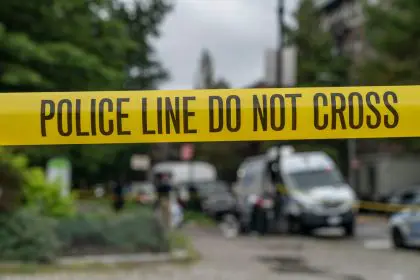Residents of Newark, New Jersey, feel a heavy weight pressing down on their communities, particularly in three neighborhoods where concerns about safety have surged. The North Ward, South Ward, and Central Ward stand out as areas where daily life has shifted under the shadow of crime fears. These neighborhoods, each with its own character and history, now share a common thread of unease, prompting changes in routines, community dynamics, and local efforts to restore peace. This article delves into the factors fueling these concerns, the impact on residents, and the steps being taken to address the challenges, all while painting a vivid picture of life in these three areas.
1. North Ward: A community on edge
The North Ward, known for its vibrant cultural tapestry and historic landmarks like Branch Brook Park, has long been a place where families gather and traditions thrive. Yet, recent incidents have cast a pall over its streets. Reports of violent acts, including assaults and robberies, have left residents wary. Nighttime walks, once a staple of neighborhood life, now feel risky for many. Local businesses, from corner bodegas to family-owned restaurants, notice fewer customers after dusk as people opt to stay indoors.
The fear isn’t just about statistics—it’s personal. Parents hesitate to let children play outside, and community events, like block parties, see lower turnout. Some attribute the unease to a rise in visible street activity, including loitering and vandalism, which amplifies the sense of disorder. Others point to broader issues, like economic strain, that may contribute to tensions. Despite this, the North Ward remains resilient. Neighborhood watch groups have formed, organizing patrols and meetings to foster unity. Community centers offer after-school programs to keep youth engaged, aiming to steer them away from trouble. These efforts signal a determination to reclaim the neighborhood’s spirit, even as challenges persist.
2. South Ward: Strained bonds and cautious steps
In the South Ward, a neighborhood rich with diversity and home to sprawling residential blocks, the atmosphere has grown tense. Known for its tight-knit communities and places of worship, the area now grapples with a reputation for violent incidents, including shootings and carjackings. Residents describe a shift in how they navigate their days. Where once neighbors lingered on stoops to chat, many now hurry home, glancing over their shoulders. The sound of sirens, once occasional, feels like a regular backdrop.
This change has strained the social fabric. Community gatherings, like church picnics or youth sports leagues, struggle to draw crowds as families prioritize safety. Small businesses, such as barbershops and diners, report quieter evenings, with owners locking doors earlier than before. The fear of crime has also sparked debates about its roots. Some see a connection to unemployment and limited access to resources, which can breed desperation. Others highlight the need for better street lighting and infrastructure to deter trouble.
Yet, hope flickers in the South Ward. Local organizations have stepped up, offering job training and mentorship programs to address economic gaps. Volunteers clean up vacant lots, turning them into community gardens to foster pride and connection. These initiatives, though small, reflect a belief that change is possible. Residents remain vocal, pushing for solutions while holding onto the neighborhood’s legacy of resilience.
3. Central Ward: Balancing history and hardship
The Central Ward, a hub of Newark’s cultural and economic life with landmarks like the New Jersey Performing Arts Center, carries a complex identity. It’s a place where history and progress collide, but recent crime fears have tilted the balance toward caution. Incidents of theft, assaults, and drug-related activity have surged in parts of the ward, particularly around busy commercial strips. For residents, this means rethinking daily routines. Commuters avoid certain bus stops, and shoppers stick to daylight hours.
The impact ripples beyond individuals. Schools in the Central Ward have tightened security, with parents volunteering to monitor entrances. Community centers, once bustling with evening classes, now close earlier. The neighborhood’s economic pulse, driven by small businesses and markets, feels the strain as foot traffic dwindles. Some tie the issues to systemic challenges, like housing instability, which can push people toward desperation. Others note that high-traffic areas, like those near transit hubs, naturally attract more incidents, inflating perceptions of danger.
Still, the Central Ward fights back. Grassroots campaigns promote unity, with murals and public art projects brightening once-bleak corners. Youth programs, from coding clubs to sports leagues, aim to keep young people on positive paths. Local leaders work with businesses to extend hours safely, hoping to revive the ward’s vibrancy. These efforts underscore a shared goal: to honor the neighborhood’s past while building a safer future.
Factors fueling the fears
Across these three neighborhoods, several threads weave together to explain the rising concerns. Economic pressures play a role. High unemployment and inflation hit Newark hard, leaving some residents struggling to afford basics. This can create a cycle where desperation leads to petty crimes, which in turn heightens fear. Housing challenges also loom large. Vacant properties and overcrowded rentals can become hotspots for trouble, especially in areas with limited oversight.
Infrastructure gaps add to the problem. Poorly lit streets and abandoned lots signal neglect, inviting vandalism or worse. In high-traffic zones, like those near stores or transit stops, minor incidents can feel amplified, shaping how entire neighborhoods are perceived. Social dynamics shift too. Younger generations, facing fewer opportunities, sometimes drift toward risky behavior, while older residents feel disconnected from the community they once knew.
These factors don’t tell the whole story, though. Media coverage often highlights violent events, overshadowing quieter moments of progress. This can exaggerate fears, making neighborhoods feel more dangerous than they are. Still, the concerns are real, and residents’ experiences reflect a need for tangible change.
Community responses and resilience
Despite the challenges, Newark’s spirit shines through in its response. Across the North Ward, South Ward, and Central Ward, residents refuse to let fear define them. Neighborhood associations organize cleanups, transforming neglected spaces into parks or playgrounds. Faith-based groups host forums, bringing people together to discuss solutions. Youth programs expand, offering safe outlets for creativity and growth.
Business owners adapt too. Some install cameras or hire security, while others collaborate on “shop local” campaigns to draw crowds back. Technology plays a part, with apps and online groups helping neighbors share alerts and updates. These efforts, though varied, share a common thread: a belief that community strength can overcome adversity.
City initiatives also take root. Investments in lighting, road repairs, and public spaces aim to make neighborhoods feel safer. Partnerships with schools and nonprofits provide resources, from job fairs to counseling, addressing root causes like poverty. While progress is uneven, these steps signal a commitment to change.
Looking ahead
The road ahead for Newark’s North Ward, South Ward, and Central Ward remains uncertain, but not without hope. Each neighborhood carries a unique history and a shared desire for safety. Residents, businesses, and leaders continue to adapt, finding ways to rebuild trust and connection. The challenges—economic strain, infrastructure gaps, and social shifts—won’t vanish overnight, but the efforts underway offer a foundation for progress.
For now, these three neighborhoods navigate a delicate balance. They honor their past while confronting present fears, all with an eye toward a brighter future. As community bonds strengthen and solutions take hold, Newark’s heart beats on, resilient and determined to thrive.













